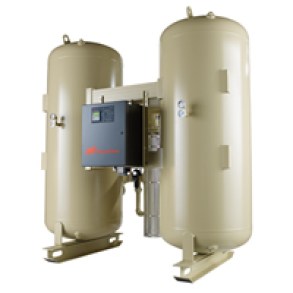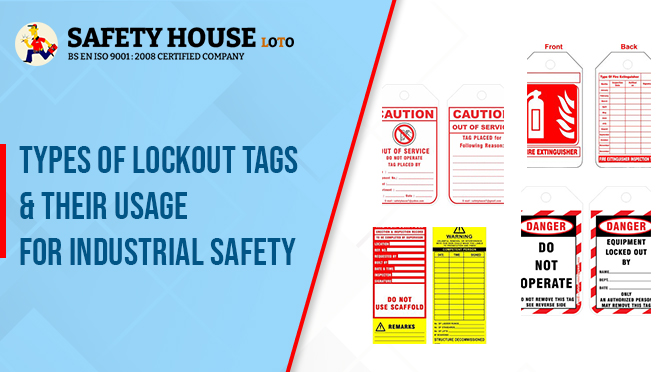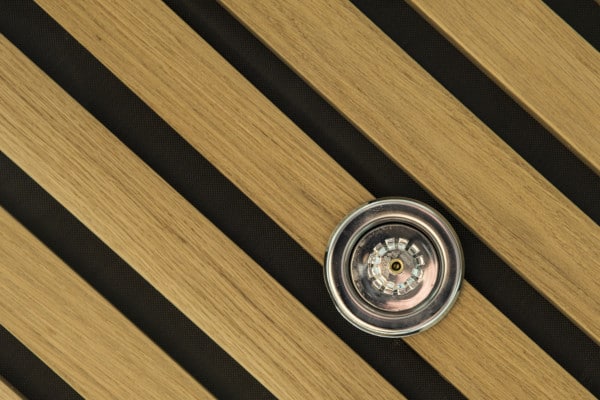Intelligent Compressed Air: Desiccant Dryers – What are they and How Do they Work?

No matter where you are in the world, the atmospheric air will contain water vapor. As this air cools to the saturation point, also known as dew point, the vapor will condense into liquid water. The amount of this moisture will vary depending on both the ambient temperature and the relative humidity. According to the Compressed Air Challenge, a general rule of thumb is that the amount of moisture air can hold at a saturated condition will double for every 20°F increase in temperature. In regions or periods of warmer temperatures, this can create a significant problem. Some problems that can be associated with moisture-laden compressed air include:
- Increased wear of moving parts due to removal of lubrication
- Formation of rust in piping and equipment
- Color variation, adherence, and finish of paint that is applied using moisture-laden compressed air
- Create unstable conditions for processes that are dependent upon pneumatic controls. Malfunctions due to rust, scale, or clogged orifices can damage product or cause costly shutdowns
- In colder temperatures, moisture in the compressed air flow can freeze in the control lines
To remove moisture from the lines, a dryer must be installed. One of the most commonly found dryers in a facility are referred to as desiccant dryers. There are three variations of desiccant dryers: Regenerative-Desiccant Dryers, Heat Reactivated Desiccant Dryers, and Heat of Compression Desiccant Dryers.
A Regenerative-Desiccant Dryer uses a porous desiccant that collects and adsorbs the moisture. This allows for large amounts of water to be retained with a minute amount of desiccant. Most regenerative-desiccant dryers consist of two towers. One where wet, moisture-laden compressed air flows through a desiccant bed. A second tower contains desiccant that is being regenerated. A controlled amount of dry air flows through the tower being regenerated, which causes the moisture to release from the desiccant and flow out with the purge flow. This saturated air exhausts to atmosphere. After a set time, the towers will switch and continue this cycle of drying/regenerating.
Another, and more efficient, regenerative-desiccant dryer uses heat to assist in removing water from the desiccant. As the tower is heated, the moisture is no longer adsorbed by the desiccant and is purged through the flow. This style is more efficient than the other styles of dryers because less compressed air is wasted removing the moisture in the tower.
The third type of desiccant dryer is the Heat of Compression dryer. This style utilizes the heat that is generated during compression to accomplish the regeneration of the desiccant. Typically, the heat that is generated from the air compressor is exhausted to atmosphere and wasted. With a heat of compression dryer, this heat is captured and used to regenerate the desiccant. The compressed air passes through the drying section of the desiccant bed, is dried, and exits through the discharge. A portion of the captured heat flows through the opposite side of the dryer to regenerate the desiccant. Afterwards, this hot air passes through a regeneration cooler and is combined with the main air stream. This results in ZERO loss of purge air, making this style of dryer the most efficient available.
If you have questions about how to optimize your compressed air system, contact EXAIR. An Application Engineer is standing by ready to assist you!
Tyler Daniel
Application Engineer
E-mail: TylerDaniel@exair.com
Twitter: @EXAIR_TD
Heated Desiccant Dryer by Compressor1. Creative Commons Attribution-NoDerivs 2.0 Generic.


![[How to] Transform Outdoor Dining Spaces with Counterbalance Hinges](https://fencepliers.top/wp-content/uploads/2023/12/20231218063012-657fe6f439238.jpg)
